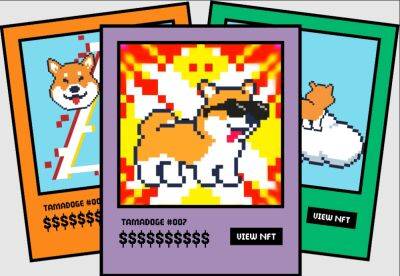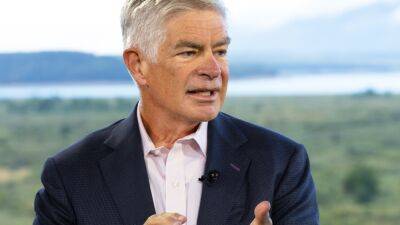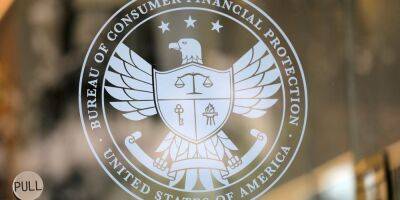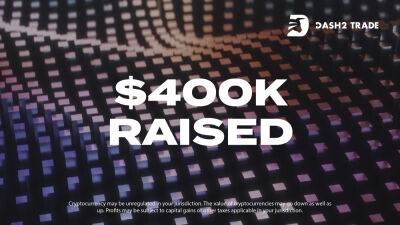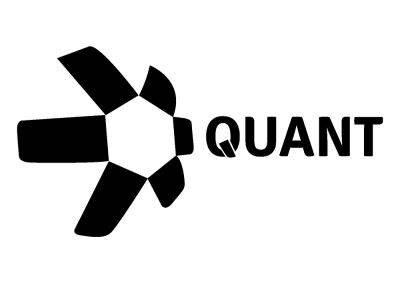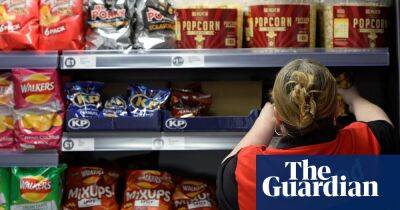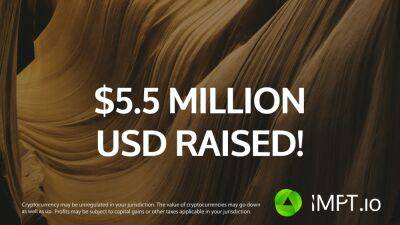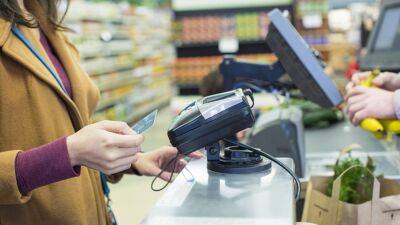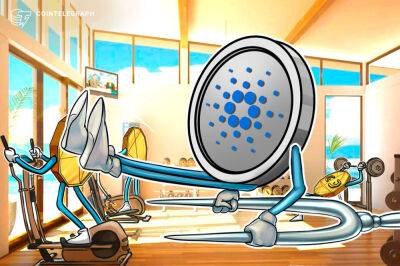Here's the inflation breakdown for September 2022 — in one chart
Inflation was a bit hotter than expected in September, with monthly gains fueled primarily by housing, food and medical care, the U.S. Bureau of Labor Statistics said Thursday.
Inflation measures how quickly the prices consumers pay for a broad range of goods and services are rising.
The consumer price index, a key inflation barometer, jumped by 8.2% in September relative to a year earlier. Economists had expected an 8.1% annual increase. Basically, a basket of goods that cost $100 a year ago cost $108.20 today.
The positive news: September's annual increase was smaller than the 8.3% rise in August. The bad: Inflation is still high across many consumer categories, said Yiming Ma, an assistant professor of business at Columbia University.
More from Personal Finance:How to make inflation-protected bonds work in your portfolioWhat to look for in your credit report to lower borrowing costsThese colleges promise no student loans
«On paper, [inflation] has come down,» Ma said. «The elephant in the room is price levels are still increasing at an extremely high rate.»
«The big picture is that inflation is high everywhere,» she added. «I think consumers will continue to feel it.»
Food prices have been among the largest contributing categories to inflation in recent months.
The «food at home» index — or grocery prices — jumped 13% in September versus the same time a year ago. That's a slight decline from 13.5% in August, which was the largest 12-month increase in over 40 years, since March 1979.
Within that category, certain items have seen prices rise sharply over the past year, such as butter and margarine (up 32.2%), eggs (30.5%) and flour (24.2%).
Gasoline prices were the primary irritant for many American households earlier
Read more on cnbc.com

 cnbc.com
cnbc.com


